RARE! WWII COMBINED OPERATIONS HEADQUARTERS "Type 1" Landing Craft Tank (LCT) Military Intelligence Combat Action 6.75 × 5 Photograph

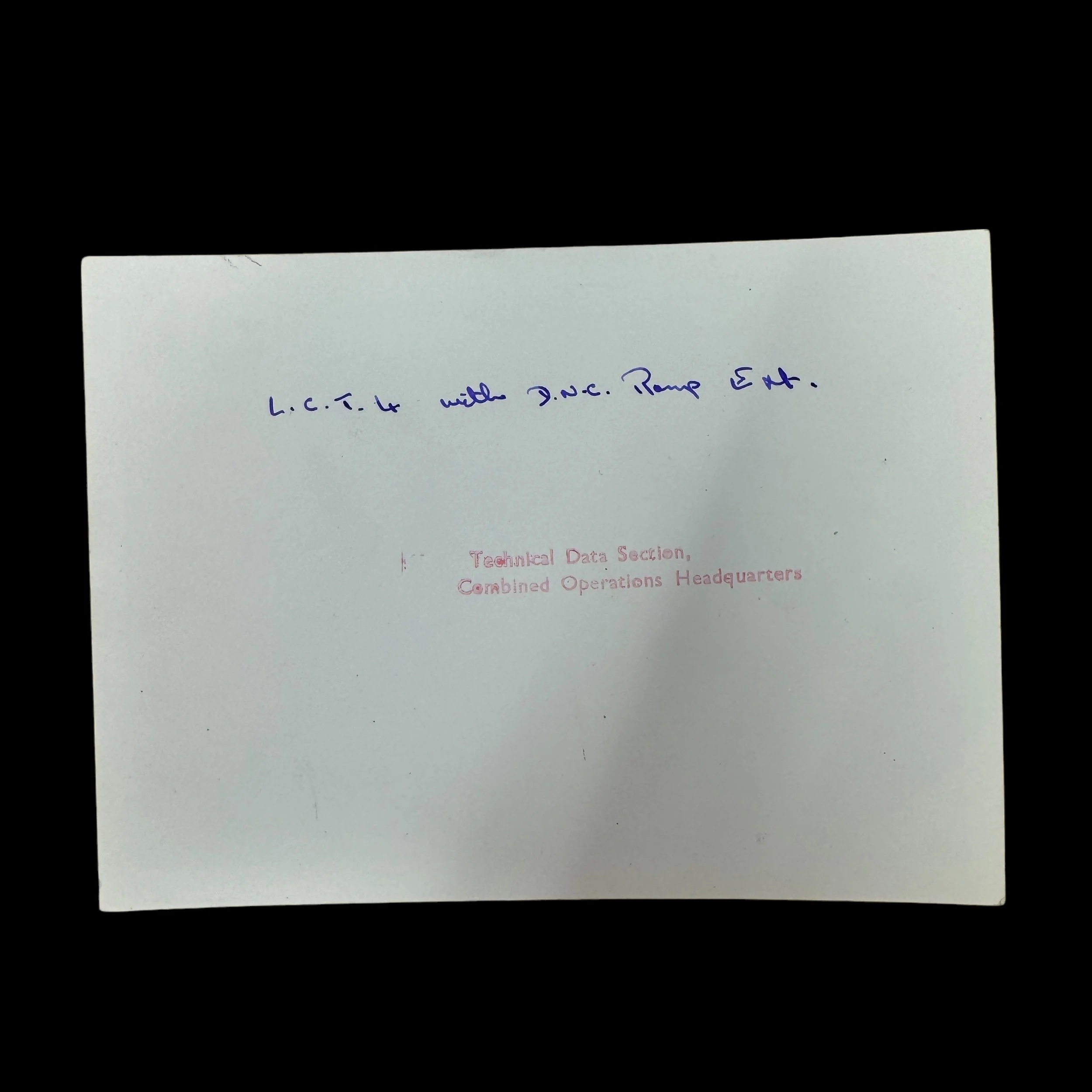
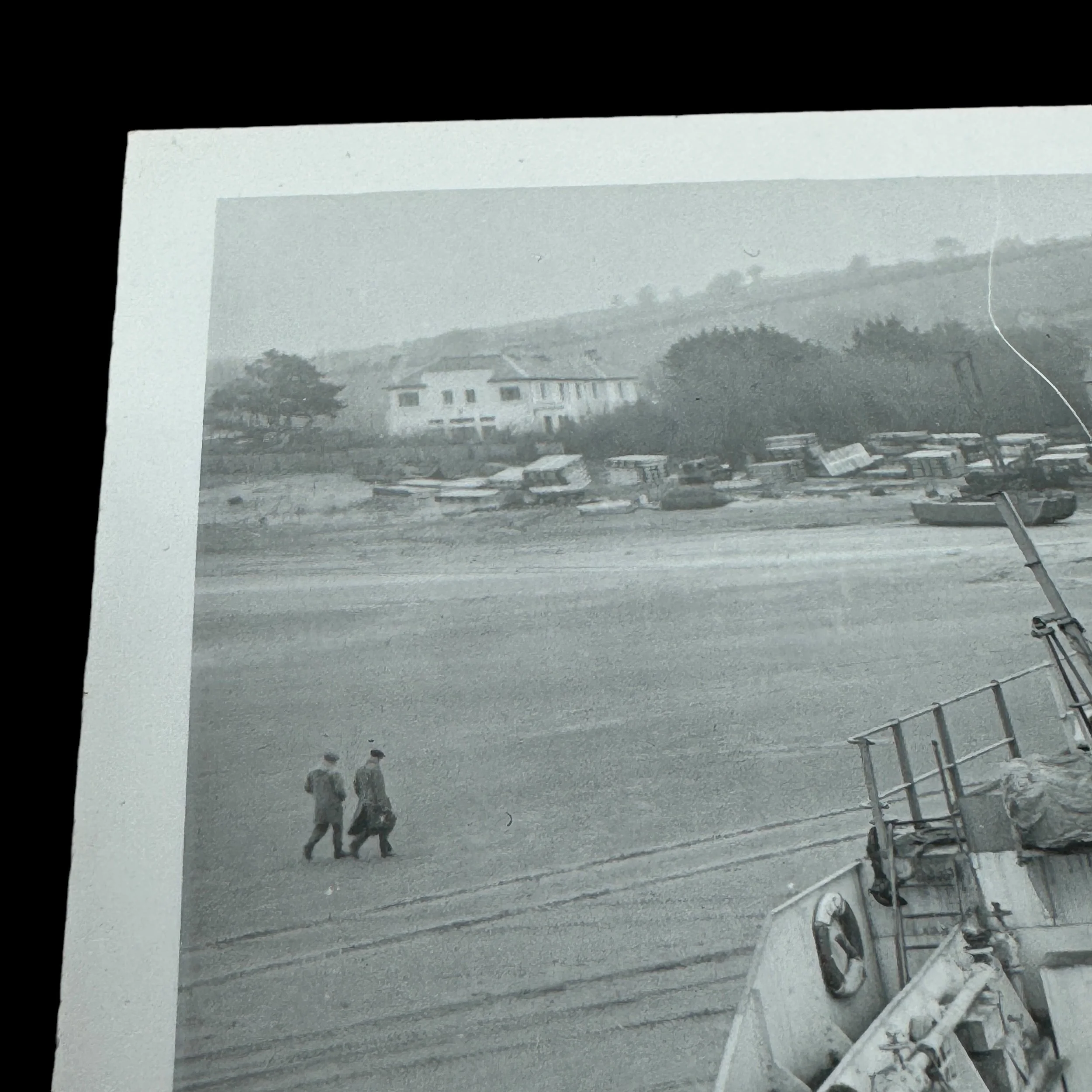
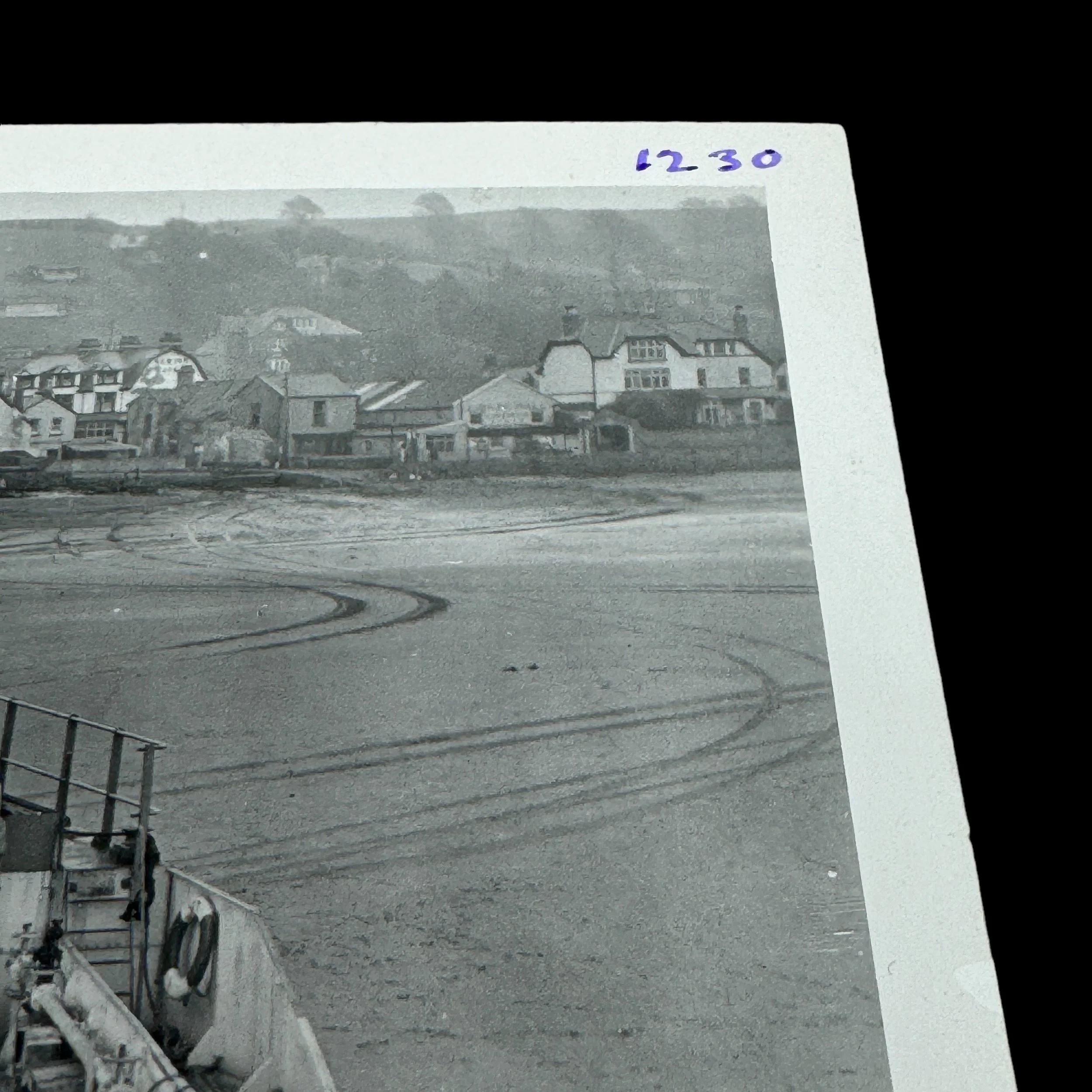
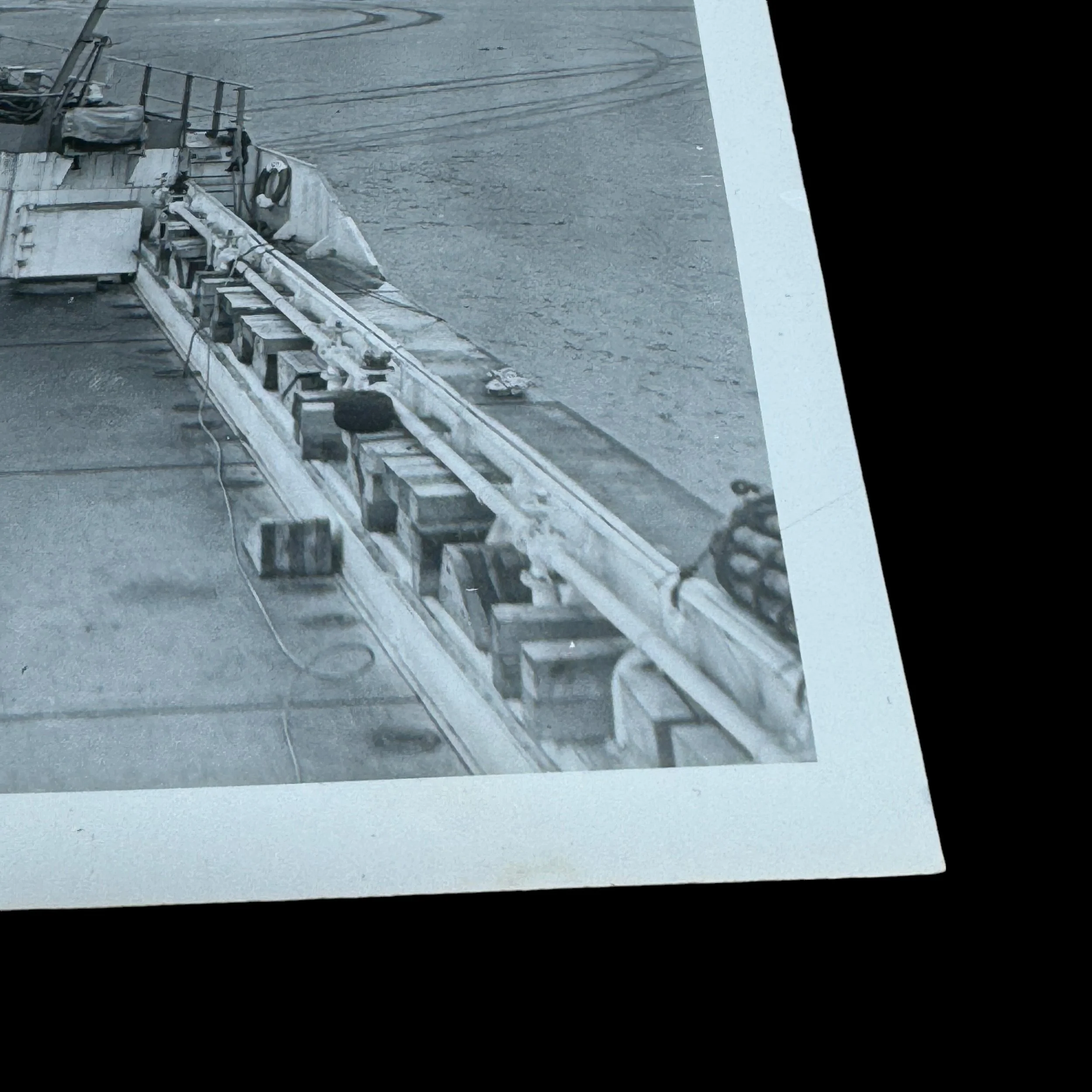
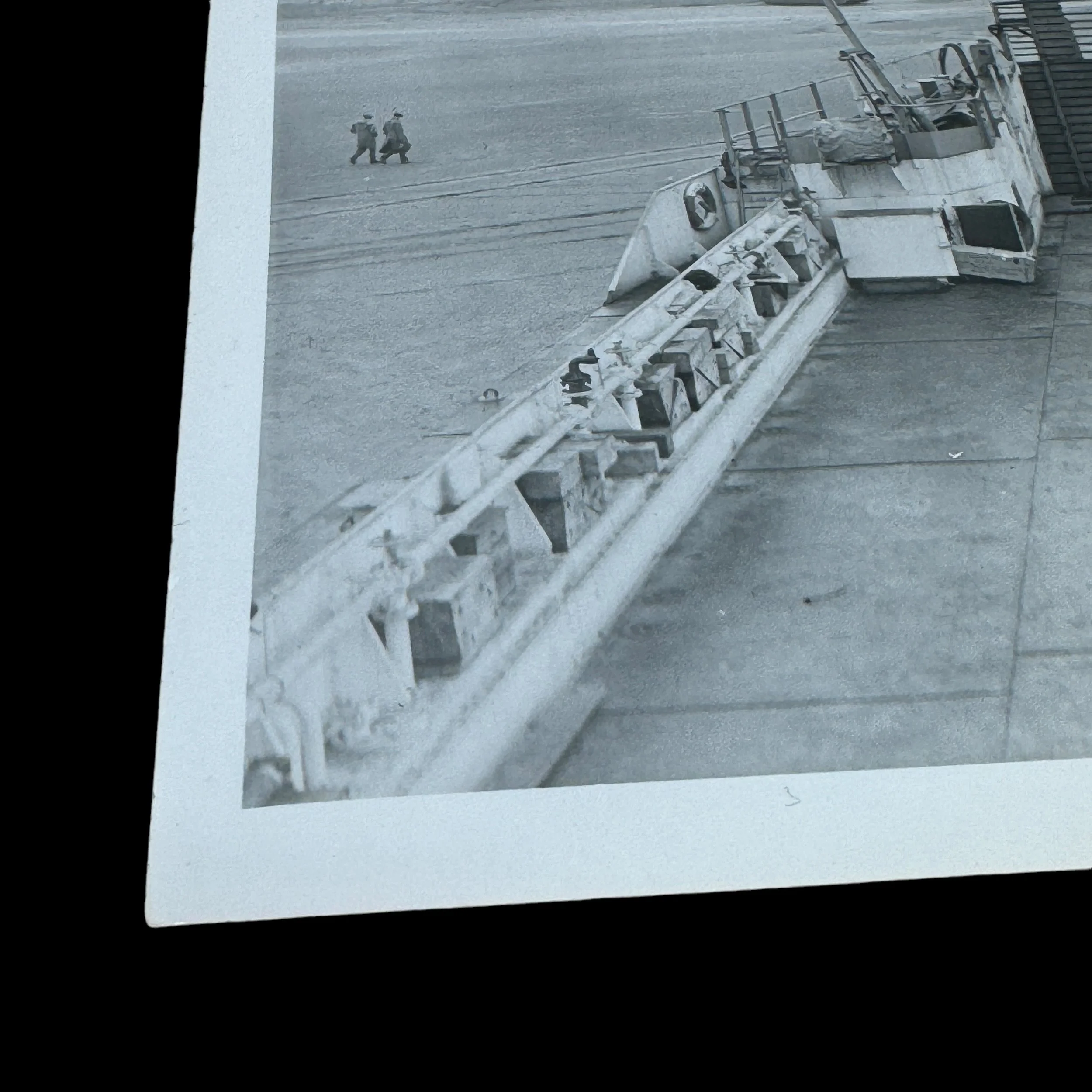
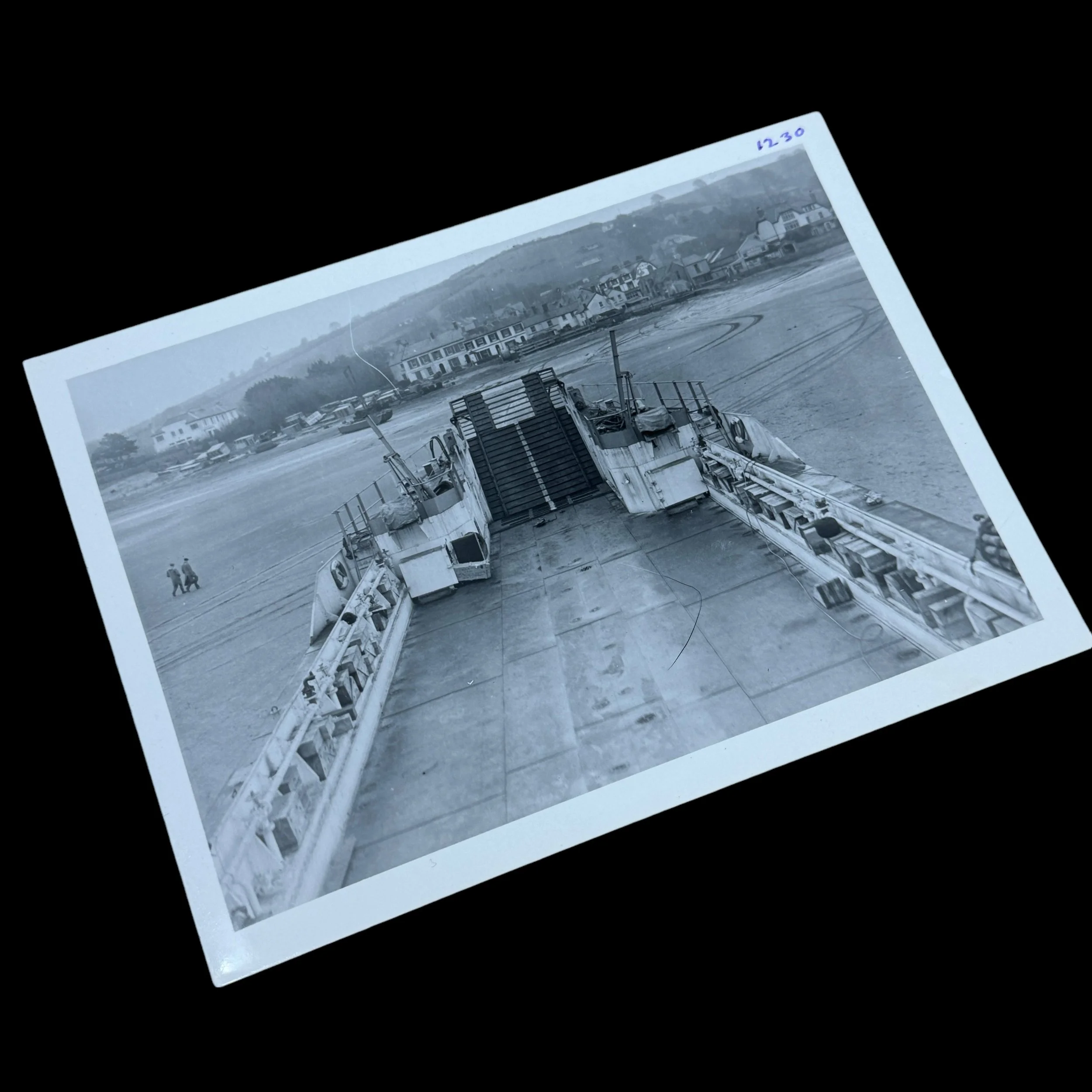

RARE! WWII COMBINED OPERATIONS HEADQUARTERS "Type 1" Landing Craft Tank (LCT) Military Intelligence Combat Action 6.75 × 5 Photograph
Comes with hand-signed C.O.A. and a full historical write-up
Size: 6.75 × 5 inches
This incredibly rare and museum-grade TYPE ONE original military intelligence photograph of the WWII Landing Craft Tank (LCT). This rare Type 1 photograph showed a detailed view of the Landing Craft Tank in the combat zone on the beachhead. This photograph also features a very rare stamp marking from the “COMBINED OPERATIONS HEADQUARTERS”.
The Landing Craft, Tank (LCT) in WWII: A Vital Component of Combined Operations
During World War II, the coordination of land, sea, and air forces was essential to achieving success in large-scale amphibious operations. The Combined Operations Headquarters (COHQ), established in 1940 under the leadership of Vice Admiral Sir Roger Keyes, played a critical role in organizing and overseeing these complex missions. Among the many specialized vessels that contributed to these operations was the Landing Craft, Tank (LCT), a ship specifically designed to transport tanks, heavy equipment, and troops from ship to shore in amphibious assaults. The LCT's development and deployment were inextricably linked to the Combined Operations, and its role in some of the most significant invasions of WWII, including D-Day, cemented its place in military history.
Origins and Development of the LCT
The need for a vessel like the LCT became apparent in the early stages of the war, particularly after the successful evacuation of Allied forces from Dunkirk in 1940. The Dunkirk evacuation, though a victory in the face of adversity, highlighted the lack of specialized landing craft capable of transporting heavy equipment, such as tanks and artillery, to contested shorelines. Combined Operations recognized this shortfall and sought to remedy it by developing a class of vessels specifically designed to deliver mechanized units directly onto enemy beaches.
The LCT was conceived as a flat-bottomed, shallow-draft vessel capable of carrying multiple tanks, heavy vehicles, and troops. Its ability to operate in shallow waters made it ideal for amphibious landings, allowing it to beach itself and unload its cargo directly onto hostile shores. Early versions of the LCT were designed to carry up to three medium tanks, while later models, such as the Mark IV and Mark V, could transport up to nine or ten tanks, along with support vehicles and troops.
The first LCTs were built in 1940, with British shipyards initially producing the vessels under the supervision of the Admiralty and the Combined Operations Headquarters. As the war progressed, the production of LCTs expanded to include shipyards in the United States and Canada, ensuring that a sufficient number of these vessels would be available for the massive amphibious assaults that were to come.
The Role of Combined Operations Headquarters in Amphibious Warfare
Combined Operations Headquarters was formed in response to the changing nature of warfare, particularly the growing importance of amphibious operations. Under the leadership of figures like Vice Admiral Keyes and later Lord Louis Mountbatten, COHQ coordinated the efforts of the Royal Navy, Army, and Royal Air Force in planning and executing complex operations that involved landings on hostile territory. The LCT was one of the many innovations that emerged from this effort to develop new methods of warfare.
The importance of COHQ's role can be seen in its close involvement in the planning of numerous amphibious raids and full-scale invasions, including the infamous Dieppe Raid in 1942. Although the raid itself was a costly failure, it provided invaluable lessons in amphibious warfare that would be applied to later operations. One of the key takeaways from Dieppe was the need for better coordination between the different branches of the armed forces and the necessity of specialized landing craft, such as the LCT, to ensure the successful landing of armored units.
COHQ's integration of the LCT into amphibious assault plans was a direct response to these lessons. By the time of the Allied invasions of North Africa (Operation Torch) and Italy (Operation Husky), the LCT had become a crucial part of the amphibious fleet, ferrying tanks and other vehicles across treacherous waters and directly into the combat zone.
The LCT and D-Day: Operation Overlord
Perhaps the most famous and strategically significant use of the LCT came during Operation Overlord, the Allied invasion of Normandy on June 6, 1944. The success of this operation hinged on the ability to land large numbers of troops and armored units quickly and efficiently on the heavily defended beaches of northern France. The LCT was vital to this effort, as it allowed Allied forces to bring tanks and other mechanized units onto the battlefield in the early stages of the invasion, providing essential firepower and mobility to break through the German defenses.
On D-Day, over 800 LCTs were used in the initial landings, playing a key role in delivering tanks and other heavy equipment to the shores of Utah, Omaha, Gold, Juno, and Sword Beaches. The ability of the LCTs to operate in the rough seas of the English Channel and deliver their cargo directly onto the beaches was a testament to the vessel's robust design and the foresight of the Combined Operations Headquarters in recognizing the need for such a craft.
One of the major challenges faced by the LCT crews on D-Day was the heavily fortified nature of the Normandy beaches. Many LCTs came under heavy fire from German coastal batteries as they approached the shore, and some were hit and sunk before they could unload their cargo. However, the majority of the LCTs succeeded in their mission, delivering crucial armored support that helped the infantry push inland and secure the beachheads.
The success of the LCTs on D-Day was a result of meticulous planning and coordination by COHQ, which ensured that the vessels were deployed in the right numbers and at the right locations. In the months following the Normandy invasion, LCTs continued to play a vital role in resupplying Allied forces as they advanced across France and into Germany, ferrying tanks, trucks, and other equipment across rivers and other obstacles that would have otherwise slowed the advance.
The LCT and Other Amphibious Operations
While D-Day remains the most famous example of the LCT's use in WWII, it was by no means the only significant operation in which these vessels played a role. LCTs were deployed in amphibious assaults across the Mediterranean, the Pacific, and Southeast Asia, demonstrating their versatility and adaptability in a variety of combat environments.
In the Mediterranean, LCTs were used extensively during the invasions of Sicily, mainland Italy, and southern France, where their ability to land tanks and vehicles directly onto beaches proved invaluable in overcoming Axis defenses. In the Pacific, LCTs were employed in the island-hopping campaigns against the Japanese, providing the U.S. Marines with the armored support they needed to capture heavily defended islands such as Iwo Jima and Okinawa.
COHQ's role in coordinating these operations cannot be understated. The successful use of the LCT in these amphibious assaults was the result of careful planning and collaboration between the Navy, Army, and Air Force, all of which fell under the purview of Combined Operations. The fact that LCTs were used in such a wide variety of theaters and missions is a testament to the effectiveness of COHQ's approach to amphibious warfare and the centrality of the LCT to its strategy.
The LCT's impact on World War II was profound, and its legacy as a key component of amphibious warfare continues to be felt today. The vessel's success in landing tanks and other heavy equipment on hostile shores was a crucial factor in the success of the Allied invasions of Normandy, Sicily, and other critical theaters of the war. Moreover, the LCT's design influenced the development of post-war landing craft, and its concept is still relevant in modern amphibious operations.
The success of the LCT, however, was not just a product of good design; it was the result of careful coordination and planning by the Combined Operations Headquarters. COHQ's ability to bring together the different branches of the military and oversee complex, large-scale operations was essential to the Allied victory in Europe and beyond. By recognizing the need for specialized landing craft and integrating them into a broader strategy for amphibious warfare, COHQ ensured that the LCT would play a pivotal role in shaping the course of World War II.